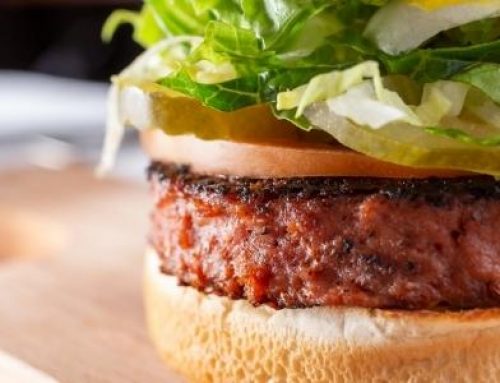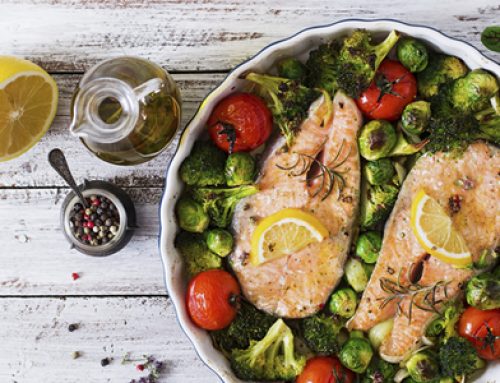
I don’t know about you but I often feel like there is a lot of pressure to eat the perfect breakfast. Don’t get me wrong, I love breakfast. I wake up excited about having breakfast, particularly if I I’ve pre-planned to have a toasted breakfast sandwich.
But many of the clients I see are worried they’re not having the “right” breakfast.
For most of us, it’s not that we don’t have time to make and eat breakfast. It’s that we don’t have time to decide what we are going to have, make it and eat it. If we haven’t made the decision ahead of time, breakfast can feel too hard.
Do I have to have breakfast?
The short answer is no. If you’re not a breakfast person, THAT’S OKAY. You aren’t committing a cardinal sin of nutrition. The important thing to think about is what allows you to be consistent. If not having breakfast leaves you starving by 10:00 am and you keep finding yourself with a large coffee and banana bread in hand, then it may be worth planning for a healthier option. Even if that means you aren’t eating first thing in the morning. You could plan ‘breakfast’ for your 10:30 morning tea break. No problem. The point is you have pre-planned and made a better choice as a result.
What makes a healthy breakfast?
Whole Foods
The basis of any healthy diet is eating lots of whole foods. The more we can minimise processing, the more vitamins, minerals and fibre we get from our food and the less added salt, sugar and fat.
However, when you are low on time at breakfast, it can be about making a compromise.
Think about it as a spectrum. At one end you have the completely whole food (whole oats which have been cooked on the stovetop with milk and served with fruit that has been stewed with the skins at home). At the other end of the spectrum, you have the highly processed option (biscuits which have some oats in them and a glass of juice).
Rather than feeling like it has to be one or the other, choosing the middle ground (some quick oats and tinned fruit or frozen berries). If we can make small and convenient swaps for more whole foods, we improve the quality of our breakfast and get a better nutrition bang-for-buck.
Source of High Fibre Carbohydrate
One of the main aims of breakfast is to give your body and brain some fuel for the hectic day ahead. This is the main job of carbohydrate. If we can choose a carbohydrate that has lots of fibre, we get the added benefit of sustained blood sugar levels. Some high fibre carbs include:
- Fruit
- Oats
- High fibre cereal/granola
- Wholemeal bread
- Wholemeal wraps
- Baked beans
Source of Protein
The other goal with breakfast is to keep you full till your next meal. Protein is your friend when it comes to fullness. It takes longer to break down in your stomach and usually makes you feel more satisfied.
Some great breakfast proteins include:
- Eggs (if you have the time or you have boiled ones ready to go)
- Milk (dairy or soy)
- Yoghurt
- Cheese
- Deli meat (ham, chicken, roast beef)
- Salmon
- Baked beans
Plan A: 10-minute Breakfasts
Here are 6 great options that you can make and eat in 10 minutes or less (trust me, I’ve done it):
- 2 slices of whole meal toast with vegemite and 2 slices of cheese
- High fibre breakfast cereal and milk
- High fibre granola with fruit and yoghurt
- 2 slices of wholemeal fruit toast with ricotta and a drizzle of honey
- 1 sachet of quick oats with ½ cup of milk and a grated apple with cinnamon
- 1 slice of wholemeal toast and tin of baked beans.
Plan B: Grab and Go Breakfasts
- Muesli bar and a skim flat white

- Piece of fruit and yoghurt

- Muesli and yoghurt tub
- Piece of fruit and small box of trail mix
- Chia pod with a piece of fruit
The key here is to make sure that we see breakfast as the first opportunity we have to eat a meal that’s conducive to our goals. Rather than mindlessly eating something that resembles sweetened cardboard because it’s “breakfast time” and something’s better than nothing.


























